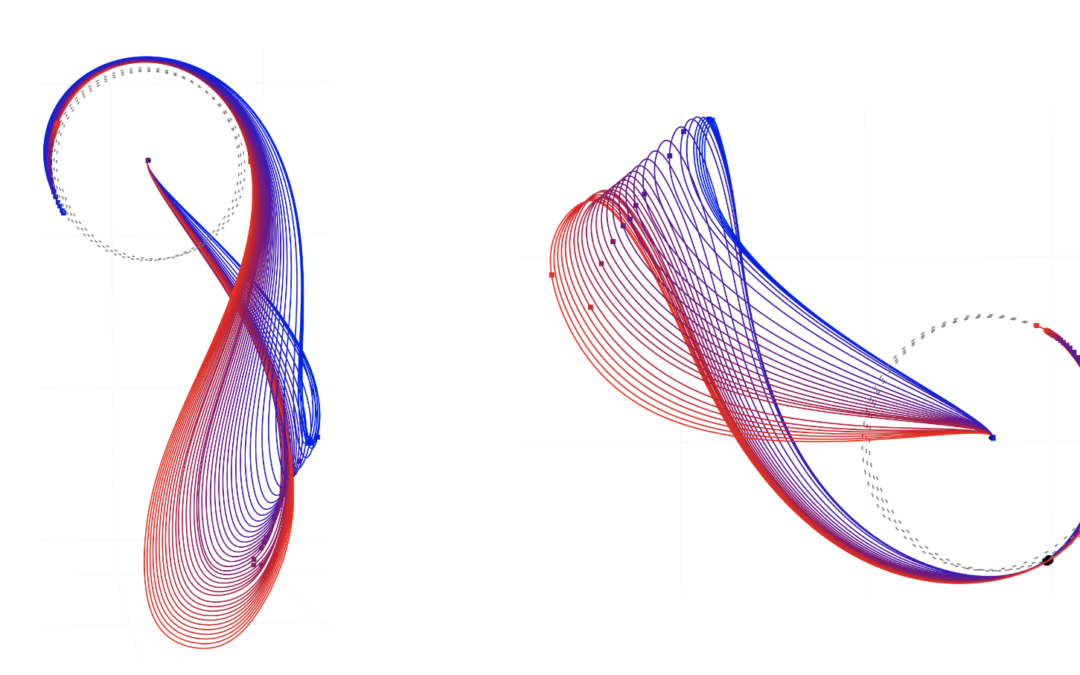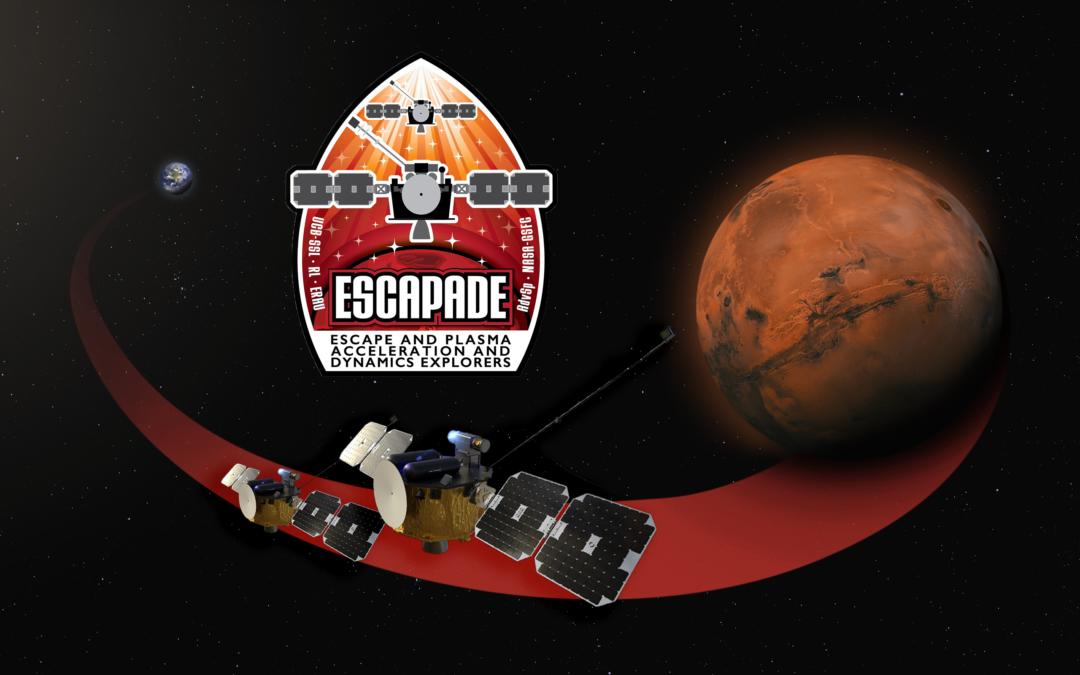
Aug 28, 2023 | Flight Dynamics, Partners & Partnerships
For several years now, Advanced Space has analyzed orbital dynamics for the Lunar Gateway. Supporting the Gateway’s Mission Design and Navigation (MDNAV) team, located primarily at NASA’s Johnson Space Center, these analyses have helped inform station requirements; develop concepts of operations; plan for contingencies; and assist with other planning activities. Our experience with operating the CAPSTONE™ mission in the unique near-rectilinear halo orbit (NRHO) environment has enabled us to help NASA understand the best ways to operate spacecraft in that orbit. These results have been shared with the Gateway team and at industry conferences. (more…)

Aug 24, 2023 | Missions, Partners & Partnerships
Not so long ago (2022), Advanced Space collaborated with a team of science and engineering organizations to help design a science mission to study the effects of the biggest space weather maker in the solar system: the Sun. The mission concept, called Plasma Imaging, LOcal measurement, and Tomographic experiment (PILOT), is designed to measure the flow of cold, dense plasma into and out of Earth’s magnetosphere to better understand how the interaction between Sun and Earth’s planetary magnetic field defines the evolution of our planetary atmosphere. To measure these flows in real time requires a fleet of 34 satellites revolving around the Earth in two different orbits to capture plasma movement at different spatial and temporal scales.
(more…)

Jun 27, 2023 | ESCAPADE Mission, Partners & Partnerships
Mission in Partnership with University of California Berkeley Space Science Lab and NASA to Launch on Blue Origin’s New Glenn Rocket
Westminster, CO – Advanced Space, a leading space tech solutions company, is supporting the University of California Berkeley Space Sciences Laboratory (SSL) by creating technology that enables deep space and planetary exploration, in particular Mars. NASA’s Escape and Plasma Acceleration and Dynamics Explorers (ESCAPADE) mission management and operations will be led by the University of California Berkeley. (more…)

Jun 26, 2023 | Papers & Presentations, Partners & Partnerships
Advanced Space doesn’t just have a spacecraft flying at the Moon: we also investigate missions to deep space.
Last year, we conducted a feasibility study for a local non-profit organization (ASTROBi Foundation) that investigated the functions, cost, and complexity of three major components for a low-cost mission to Saturn’s moon Enceladus: (1) the entire trajectory set for a spacecraft to follow, (2) the navigation architecture, including both in-space and ground-based navigation, and (3) a low-cost ground system to support the mission. The mission’s science goal is to determine if biological signatures of life exist there. The spacecraft, named Encelascope, would collect its data by flying through the plumes that are erupting from the “Tiger Stripes” that appear on Enceladus’ southern latitudes. The Tiger Stripes are long depressions that have been observed to be spewing a stream of tiny particles into space, apparently from an underground ocean. A liquid ocean is a tantalizing location to probe for signatures of life. The science would require that the spacecraft pass through the Tiger Stripes’ plumes as low as possible, down to 1-20 kilometers above Enceladus’s surface, and the science phase would last approximately one year. (more…)



